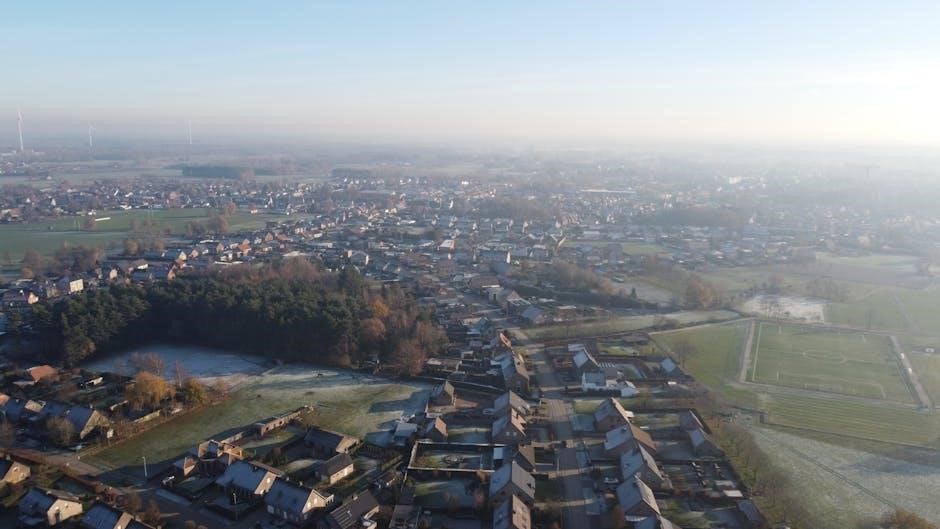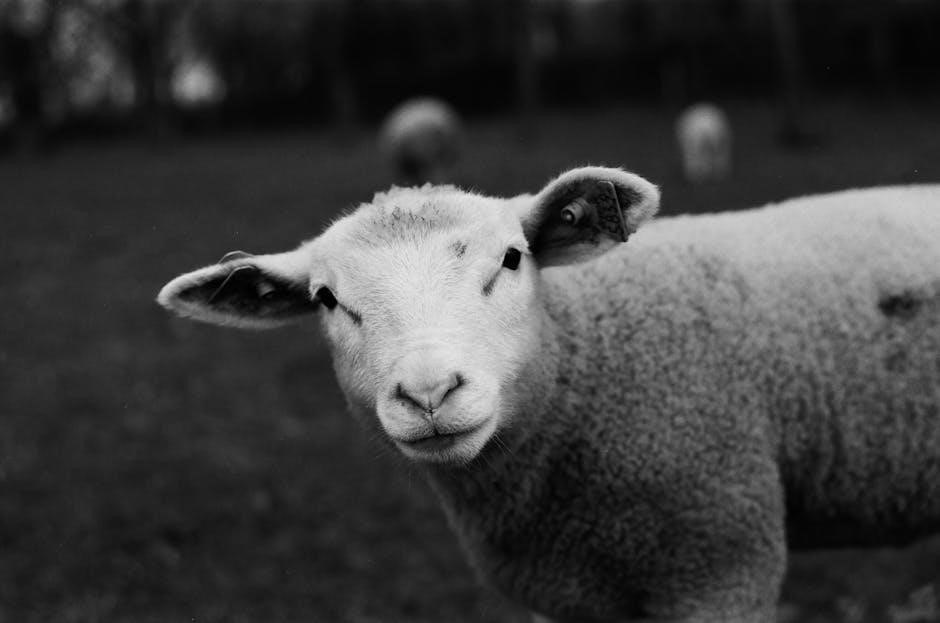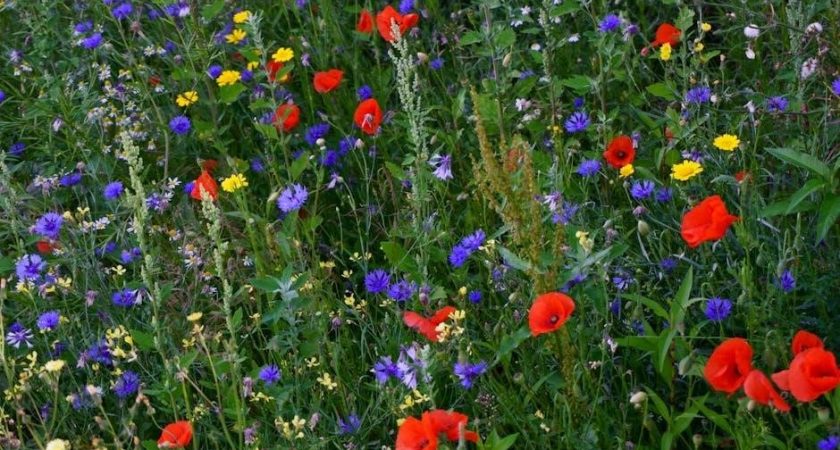“In Flanders Fields” is a powerful war poem written by John McCrae in 1915 during World War I. Its vivid imagery and rondeau structure evoke the horrors of war‚ while the poppies symbolize sacrifice and remembrance. The poem has become a cornerstone of Remembrance Day traditions worldwide.
Overview of the Poem
In Flanders Fields is a poignant war poem by John McCrae‚ written in 1915 during World War I. The poem captures the devastating reality of war through vivid imagery‚ such as red poppies blooming among graves and the haunting presence of larks singing amidst gunfire. Its rondeau structure and emotional depth convey themes of mortality‚ sacrifice‚ and remembrance. The poem is narrated by fallen soldiers‚ urging the living to honor their memory by continuing the fight. It has become a symbol of remembrance worldwide‚ inspiring the use of poppies as a tribute to the war dead.
Historical Context of World War I
World War I (1914–1918) was a global conflict marked by unprecedented devastation‚ with millions of soldiers and civilians killed. The poem In Flanders Fields was written in 1915 by John McCrae‚ a Canadian physician and soldier‚ during the Second Battle of Ypres. The war’s brutal trench warfare and massive casualties deeply impacted McCrae‚ inspiring the poem. The red poppies flourishing amidst graves symbolized the fallen soldiers‚ while the poem’s themes of sacrifice and remembrance resonated with a grieving world. It became a powerful tribute to the war’s victims and a symbol of hope for peace.

Background of the Poet: John McCrae
John McCrae (1872–1918) was a Canadian physician‚ soldier‚ and poet. He served in the South African War and World War I‚ inspiring his famous poem.
Biography of John McCrae
John McCrae (1872–1918) was a Canadian physician‚ soldier‚ and poet. Born in Guelph‚ Ontario‚ he studied medicine at the University of Toronto and later served in the South African War. During World War I‚ he joined the Canadian Expeditionary Force and became a lieutenant-colonel. His experiences as a field surgeon deeply influenced his writing. McCrae’s famous poem‚ In Flanders Fields‚ was written after presiding over the funeral of his friend‚ Alexis Helmer‚ in 1915. The poem’s enduring legacy immortalized the poppy as a symbol of remembrance. McCrae died of pneumonia in 1918 while serving in France.
McCrae’s Role in World War I
John McCrae served as a lieutenant-colonel in the Canadian Expeditionary Force during World War I. He was a field surgeon and second-in-command of the 1st Brigade Canadian Field Artillery. His experiences in the trenches and the loss of comrades deeply influenced his poetry. McCrae’s role extended beyond medicine; he was a key figure in documenting the war’s horrors and inspiring resilience. His poem‚ In Flanders Fields‚ became a rallying cry‚ urging continued efforts and honoring the fallen. His contributions remain a testament to his dedication and the war’s profound impact.
Structure and Style of the Poem
In Flanders Fields uses the rondeau form with vivid imagery and symbolism‚ evoking the horrors of war and honoring the fallen through its lyrical structure.
The Use of the Rondeau Form
John McCrae’s In Flanders Fields employs the rondeau poetic form‚ characterized by repeating refrains and a specific ABaAabAB rhyme scheme. The poem’s opening line‚ “In Flanders fields the poppies blow‚” is reprised later‚ reinforcing its haunting imagery. This structure creates a rhythmic‚ almost musical quality‚ mirroring the solemn tone of the poem. The rondeau form adds emotional depth‚ emphasizing themes of death‚ duty‚ and remembrance. McCrae’s use of this traditional French form lends the poem a timeless elegance‚ underscoring its enduring relevance.
Imagery and Symbolism in the Poem
The poem is rich in vivid imagery and symbolism‚ with the poppies representing remembrance and the crosses symbolizing the graves of fallen soldiers. The larks singing in the sky contrast with the “guns below‚” highlighting the harsh realities of war. The recurring image of poppies emphasizes the cyclical nature of life and death. McCrae’s use of natural imagery evokes deep emotion‚ while the refrain “In Flanders fields” reinforces the poem’s somber tone. These elements create a powerful tribute to the sacrifices of war.

Themes of the Poem
The poem explores themes of mortality‚ sacrifice‚ and remembrance‚ urging readers to honor the fallen. It conveys patriotism‚ duty‚ and the enduring impact of war on humanity.
Mortality and Sacrifice
The poem vividly portrays the harsh realities of death in war‚ with poppies symbolizing the fallen soldiers. The lines “We are the Dead” and “lie in Flanders fields” underscore the irreversible nature of sacrifice. McCrae emphasizes the brevity of life and the enduring impact of loss‚ urging readers to honor the dead by continuing the fight. The imagery of graves and the eerie silence of the battlefield evokes a profound sense of mortality‚ while the poem’s tone reflects both sorrow and a call to action‚ ensuring the fallen are not forgotten.
Remembrance and Honor
“In Flanders Fields” powerfully conveys the importance of remembering the fallen. The poem’s vivid imagery of poppies and crosses serves as a poignant reminder of the sacrifices made during World War I. McCrae’s lines‚ “If ye break faith with us who die / We shall not sleep‚” emphasize the duty of the living to honor the dead. The poem has become a cornerstone of Remembrance Day ceremonies‚ inspiring the use of the poppy as a symbol of remembrance. Its message continues to resonate‚ urging future generations to remember and honor those who gave their lives.
Patriotism and Duty
“In Flanders Fields” captures the spirit of patriotism and duty through its stirring call to action. McCrae’s lines‚ “Take up our quarrel with the foe: / The torch; be yours to hold it high!” emphasize the importance of continuing the fight for freedom. The poem reflects the soldiers’ unwavering commitment to their nations and ideals‚ even in the face of death. This theme resonates deeply‚ inspiring future generations to uphold the values of patriotism and duty‚ ensuring the sacrifices of the fallen are not in vain.

Publication and Popularity
“In Flanders Fields” was first published in Punch magazine in December 1915. Its vivid imagery and emotional depth quickly resonated with the public‚ making it a defining piece of World War I literature.
First Publication in 1915
John McCrae’s poem was first published in Punch magazine on December 8‚ 1915. Initially‚ McCrae dismissed the poem as insignificant and tossed it aside‚ but a fellow officer recognized its power and submitted it for publication. The poem quickly gained popularity for its vivid depiction of war’s brutality and its emotional appeal to honor the fallen. Its publication coincided with growing public awareness of World War I’s toll‚ making it a poignant reflection of the times.
Impact on the Public and Soldiers
“In Flanders Fields” deeply resonated with both the public and soldiers during World War I. Its vivid imagery and emotional appeal evoked a sense of duty and remembrance‚ inspiring widespread circulation. Soldiers found solace in its tribute to fallen comrades‚ while the public embraced it as a call to honor the sacrifices made. The poem’s themes of patriotism and resilience became a rallying cry‚ fostering unity and resolve during a time of great hardship. Its influence extended beyond the battlefield‚ shaping cultural attitudes toward war and sacrifice;
Legacy of “In Flanders Fields”
The poem’s enduring legacy lies in its symbolism of sacrifice and remembrance‚ immortalized by the red poppy. It inspired Remembrance Day traditions and influenced later literature and art.
The Remembrance Poppy as a Symbol
The red poppy‚ inspired by McCrae’s poem‚ has become a universal symbol of remembrance for fallen soldiers. Originating from the poem’s vivid imagery of poppies blooming amidst graves in Flanders‚ the poppy represents the resilience of life amid war’s devastation. Adopted by the British Legion and other nations‚ it is worn on Remembrance Day to honor the dead. The poppy’s significance extends to fundraising for veterans and their families‚ ensuring the sacrifices of the past are never forgotten. Its enduring presence in ceremonies and memorabilia underscores its cultural and historical importance.
Influence on Later Literature and Art
John McCrae’s “In Flanders Fields” profoundly influenced post-World War I literature and art‚ inspiring themes of remembrance and sacrifice. The poem’s imagery‚ particularly the red poppy‚ became a ubiquitous symbol in war art and literature. It motivated other poets and artists to explore similar themes‚ creating a lasting impact on the cultural narrative of warfare. The poem’s emotional resonance continues to inspire contemporary works‚ ensuring its legacy endures in both written and visual media‚ reflecting the enduring relevance of its message.

Availability of the Poem in PDF Format
The poem “In Flanders Fields” is widely available in PDF format online‚ with free downloads from sources like Google Books‚ Poetry Foundation‚ and the Library of Congress. Easily accessible for educational and personal use‚ the PDF versions preserve the poem’s original essence‚ ensuring its enduring reach and impact.
Downloadable Versions Online
PDF versions of “In Flanders Fields” are readily available online‚ offering easy access to the poem for readers worldwide. Platforms like Google Books‚ Poetry Foundation‚ and the Library of Congress provide free downloads‚ ensuring the poem’s legacy endures. These digital versions are perfect for educational purposes‚ personal reading‚ or sharing in remembrance ceremonies. The PDF format preserves the poem’s original structure and emotional impact‚ making it a popular choice for those seeking to honor the fallen and reflect on the sacrifices of war.
Free Resources for Educational Use
Educators can access free PDF versions of “In Flanders Fields” for classroom use‚ enhancing lessons on history‚ literature‚ and remembrance. Websites like Poetry Foundation and the Library of Congress offer downloadable materials‚ along with teaching guides and historical context. These resources help students connect with the poem’s themes of sacrifice and honor‚ fostering deeper understanding and appreciation of its cultural significance in World War I studies and beyond.
Cultural and Historical Significance
“In Flanders Fields” holds profound cultural and historical significance‚ as its imagery of poppies symbolizes remembrance. It shaped collective memory and inspired traditions honoring the fallen.
Role in Remembrance Day Ceremonies
“In Flanders Fields” is deeply intertwined with Remembrance Day ceremonies worldwide. The poem is often recited during services to honor fallen soldiers‚ evoking a sense of collective memory. Its imagery of poppies has inspired the use of artificial poppies as symbols of remembrance. During ceremonies‚ the poem’s lines are read aloud to reflect on the sacrifices of soldiers and to reaffirm a commitment to peace. This tradition has endured for decades‚ making the poem a cornerstone of commemorative rituals.
Connection to the Battle of Ypres
“In Flanders Fields” is deeply connected to the Battle of Ypres‚ where John McCrae served as a surgeon. The poem was inspired by the death of Alexis Helmer‚ a fellow soldier‚ and the vivid imagery of poppies blooming among the graves. The battle’s horrors and the loss of life shaped McCrae’s words‚ making the poem a poignant reflection of the sacrifices made during World War I. This connection ties the poem to one of the war’s most devastating conflicts‚ ensuring its historical significance endures.
“In Flanders Fields” remains a poignant tribute to World War I’s fallen soldiers. Its themes of sacrifice and remembrance resonate universally‚ ensuring its timeless relevance and enduring impact.
Enduring Relevance of the Poem
“In Flanders Fields” remains timeless‚ evoking emotions of sorrow‚ hope‚ and patriotism. Its vivid imagery and universal themes continue to resonate‚ making it a cornerstone of remembrance. The poem’s use of the poppy as a symbol of sacrifice has transcended generations‚ inspiring annual tributes and ceremonies. Its message of honoring the fallen and striving for peace remains relevant today‚ ensuring its place in cultural and historical consciousness. The poem’s legacy endures as a powerful tribute to the sacrifices of war and a call to remember.
